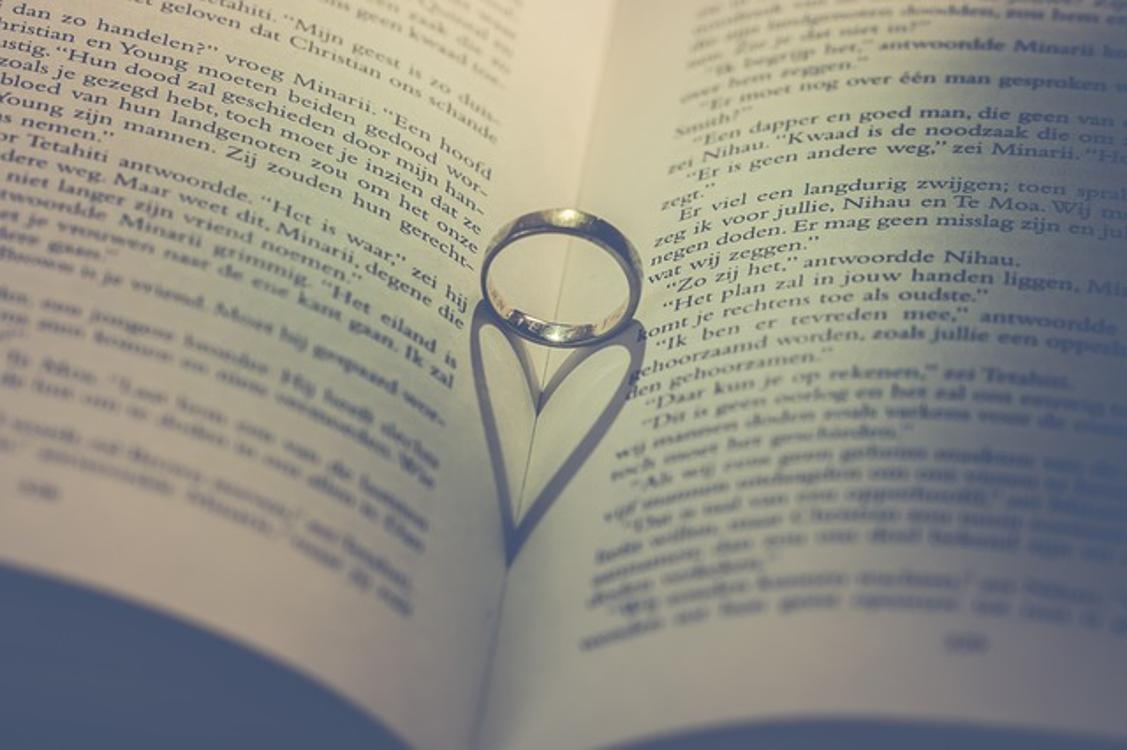Understanding and Preventing Lip Ring Rejection
Introduction
Lip piercings can be a bold fashion statement, but lip ring rejection can be a frustrating challenge. This comprehensive guide delves into the causes, signs, prevention, and management strategies for lip ring rejection, ensuring you can confidently navigate your piercing journey.

Causes of Lip Ring Rejection
Understanding the causes of lip ring rejection is the first step in preventing it. Several factors can contribute to this condition:
- Immune Response: Sometimes, the body perceives the lip ring as a foreign object and tries to push it out, leading to rejection.
- Improper Jewelry: Low-quality or incorrect jewelry can irritate the piercing site, prompting rejection.
- Infection: Poor hygiene can lead to infection, making the body expel the lip ring.
- Mechanical Trauma: Repeated friction or trauma to the piercing site, often caused by movement or injury, can contribute to rejection.
By recognizing these causes, you can take steps to mitigate the risk of lip ring rejection.
Signs of Lip Ring Rejection
Detecting lip ring rejection early can save your piercing from further damage. Keep an eye out for these common signs:
- Migration: If the lip ring starts moving away from its original piercing spot, it may be a sign of rejection.
- Increasing Redness and Swelling: Persistent redness and swelling around the piercing can indicate an issue beyond normal healing.
- Thinning Skin: The skin between the entry and exit points of the lip ring may become thinner, indicating that the body is pushing out the jewelry.
- Discharge: Unusual discharge, especially if it’s yellow or green, suggests an infection that can lead to rejection.
Recognizing these symptoms allows for timely intervention and minimizes the impact of rejection on your lip piercing.

How to Prevent Lip Ring Rejection
Prevention is key to a successful lip piercing experience. Follow these strategies to reduce the likelihood of rejection:
- Choose the Right Jewelry: Opt for high-quality, hypoallergenic materials like titanium or surgical steel to reduce irritation.
- Maintain Proper Hygiene: Clean the piercing regularly with saline solution and avoid touching it with dirty hands.
- Avoid Friction and Trauma: Be mindful of activities that may cause mechanical trauma to the piercing, such as excessive talking or sleeping on the piercing site.
- Follow Aftercare Instructions: Adhere strictly to the aftercare guidelines provided by your piercer. This includes avoiding alcohol, smoking, and other substances that can irritate the piercing.
By implementing these precautions, you can significantly decrease the chances of lip ring rejection and enjoy your piercing with peace of mind.

Immediate Actions if Rejection Occurs
Despite your best efforts, rejection may still occur. Here are immediate steps to take if you notice signs of rejection:
- Remove the Jewelry: If you suspect rejection, remove the lip ring to prevent further damage to the piercing site.
- Clean the Area: Gently clean the area with a saline solution to minimize infection risk.
- Consult a Professional: Seek advice from a professional piercer or healthcare provider to assess the situation and decide on the next steps.
- Avoid Re-piercing Immediately: Give your body time to heal before attempting a re-piercing, as immediate re-piercing can worsen the situation.
Prompt action is vital in managing lip ring rejection effectively and ensuring the health of your piercing site.
Long-term Management and Care
Taking care of your lip piercing is crucial for long-term success. Here are some long-term management tips to keep in mind:
- Regular Check-ups: Schedule regular visits to your piercer to ensure the piercing is healing properly.
- Avoid Irritating Substances: Refrain from using products that can irritate the piercing, including certain makeup or skincare items.
- Stay Hydrated and Maintain a Healthy Diet: Good hydration and nutrition support overall skin health, which aids in healing.
- Monitor for Changes: Remain vigilant for any signs of rejection or infection and address them promptly.
Consistent care and attention to your lip piercing can prevent complications and ensure it remains a stylish addition to your appearance.
Conclusion
Lip ring rejection can be challenging but is manageable with awareness and proper care. By understanding the causes, recognizing the signs, adopting preventive measures, and knowing the immediate actions to take, you can enjoy your lip piercing without undue stress. Remember, professional advice and long-term care are key components of a successful piercing experience.
Frequently Asked Questions
What are the common signs of lip ring rejection?
Common signs include migration of the lip ring from its original place, increasing redness and swelling, thinning skin around the piercing, and unusual discharge.
How can I choose the right jewelry to prevent rejection?
Opt for high-quality, hypoallergenic materials such as titanium or surgical steel, which minimize irritation and reduce the risk of rejection.
When should I seek professional help for a rejected lip ring?
Seek professional help as soon as you notice signs of rejection, such as persistent redness, swelling, thinning skin, or discharge, to prevent further complications.
